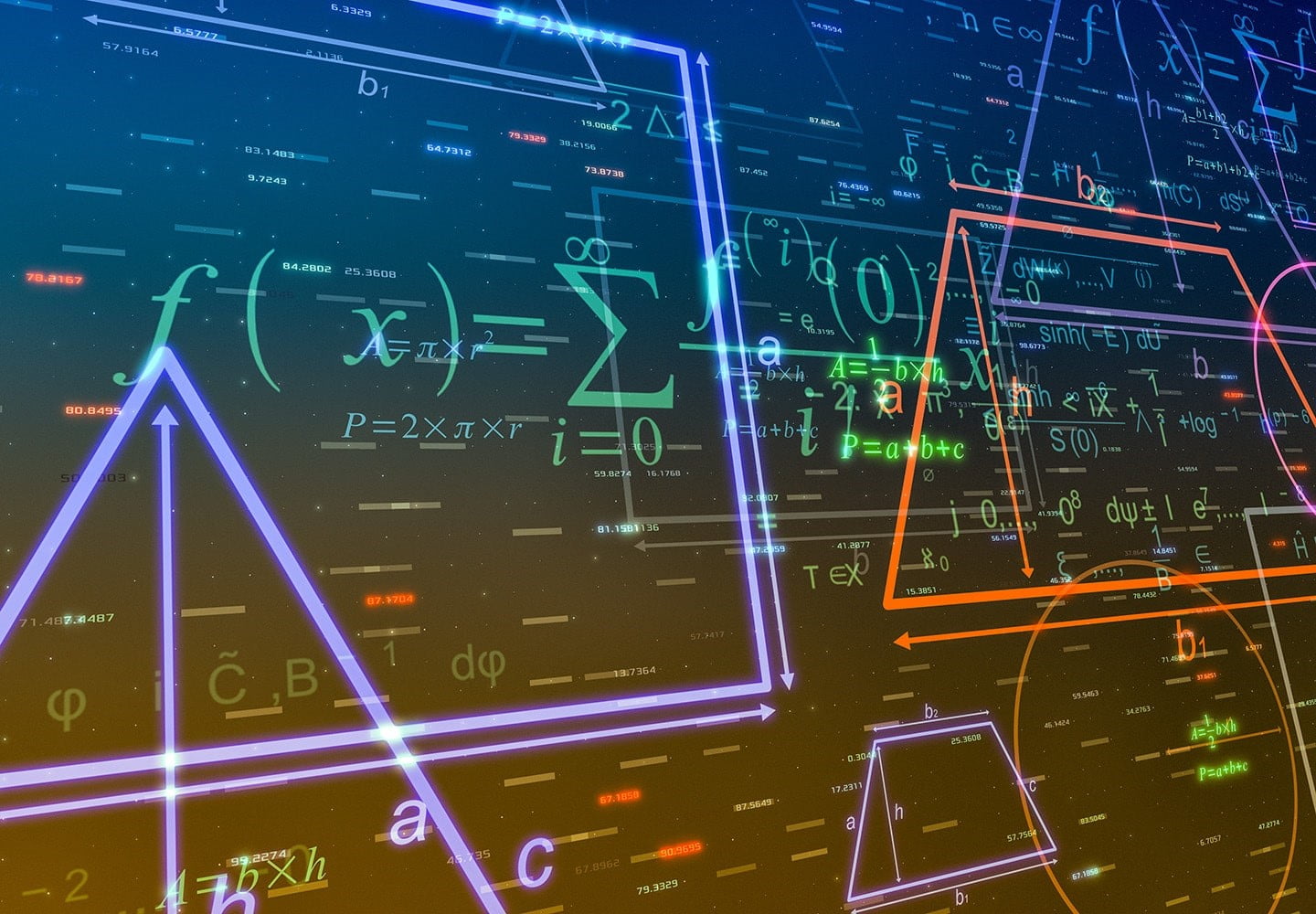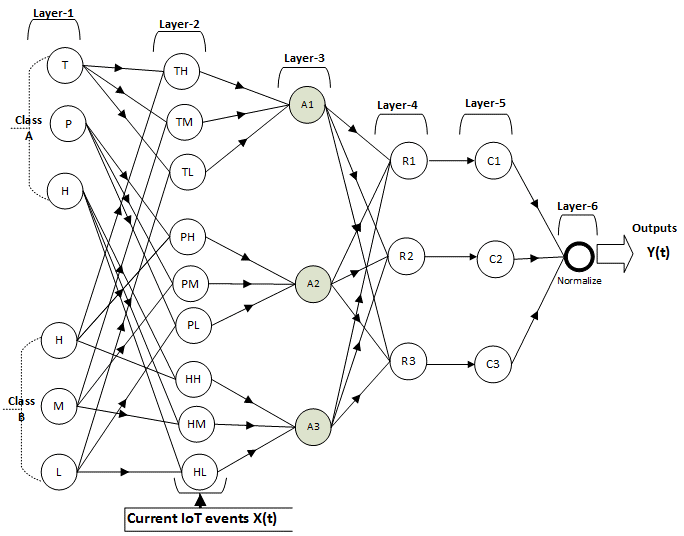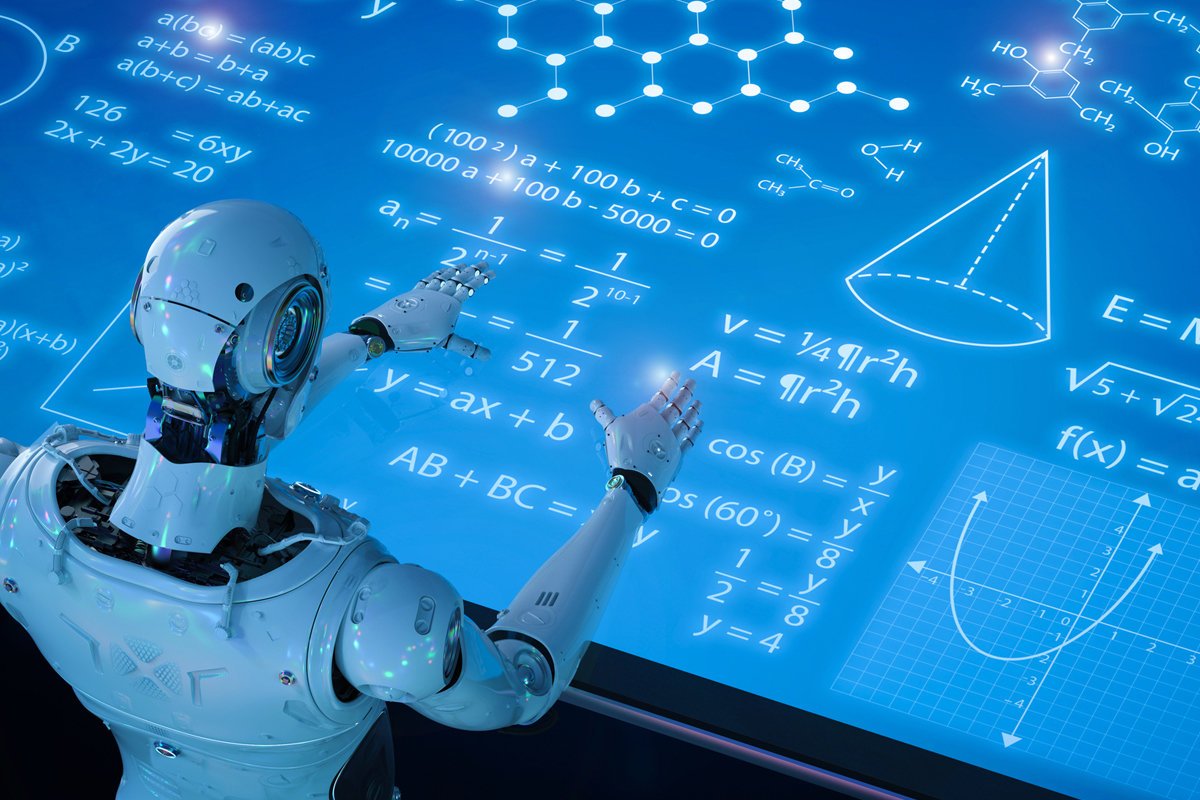Data science has evolved to become a culmination of various pieces like computer science, statistics, business knowledge and communication excellence, which carries mathematics in its heart. If practiced with the right philosophy, mathematics, as a subject, aids logic development and the mindset to look at distinct options to reach a solution.
Let me divide my point of view into the following parts:
- Scenarios where mathematical thinking is more important than mathematics itself
- How mathematics is the centre of Computer science and statistics
- What are the major areas of mathematics to focus on to get started with data science?
- How is it important in Neural networks?
- How is it important for statistical learning algorithms?
- Answer to the famous question: “Why should we learn mathematics as all we have to do is import a library and get going!”
Scenarios where mathematical thinking is more important than mathematics itself
Let’s say we have a variable that is continuous or categorical, we can use the whole variable itself, but we must have an aggregated form of it. How will we use the variable which is represented by one number or two for a group? Here mathematical thinking and understanding that it can be represented by mean and skewness (taking a simplistic scenario) is important. It will optimise the space of storage; modelling becomes easy as the format is achieved while retaining the essence of data spread.
How mathematics is the centre of statistics and computer science
Similarly, let’s discuss computer science. Let me narrow it down to the major aspects of computer science that impact data science – database and using a coding language, e.g. python, to do any machine learning task. Both the cases undergo numerous matrix operations. Approaches to do database operation or any machine learning task implementation without the knowledge of linear algebra can do the work but it would be sub-optimal. That is where the expertise of database performance engineers and machine learning engineers come into play. They optimize and implement with suitable cost and resources.
What are the major areas of mathematics to focus on to get started with data science?

Mentioning all the areas of focus in mathematics for data science is difficult, but these are a few that data scientists need most of the times:
- Linear algebra
- Calculus
- Probability theory
- Statistics
These four areas broadly cover most of the mathematical dependency a data scientist might have on mathematics. Let me explain some parts of this by taking examples.
How is it important in Neural networks?

It becomes important to have an intuitive understanding of which algorithm to use when we try to understand and implement neural networks. To build that intuition, at least once every enthusiast must go through the grinding derivation of computational graphs leading to the loss function and differentiating the loss function to get a complete understanding of backpropagation. This would help avoid the vanishing gradient issue and to understand the loss function fit to the kind of data.
How is it important for statistical learning algorithms?
So, mathematics is the centre of any major aspect that data science touches upon.
To give a conclusive remark let me try to answer the rhetoric.
Answer to the famous question “why should we learn mathematics as all we have to do is import a library and get going !”
Well, let me put it with an example. Let’s say we use an algorithm for scene text detection. For this, we can use a CNN model and get the result out. The onus would be on the guy who doesn’t know the maths behind it and keeps on tuning the CNN model to get the accuracy because it won’t serve the purpose alone. There is a certain way of optimising it by merging algorithms which can give better results. Wondering how? Take some time to connect with us and get our use-case on this and know how we solve the problem in no time by finding the right fit.
If you are looking for a starting point for your business, take advantage of our personalized FREE consultation workshop Sign up here.
Subscribe for regular updates on AI and Data Innovations, case studies, and blogs. Join our mailing list.

Hitesh is a big fan of algorithms and the way they are optimized, he is currently pursuing Neural networks and AI wholeheartedly at Prescience. A die hard Liverpool fan and football enthusiast. Football enthusiasm created the interest in sports analytics too, primarily thanks to Moneyball. The interest transcends into work and the interest to solve business problems using numbers, statistics and analytics.



